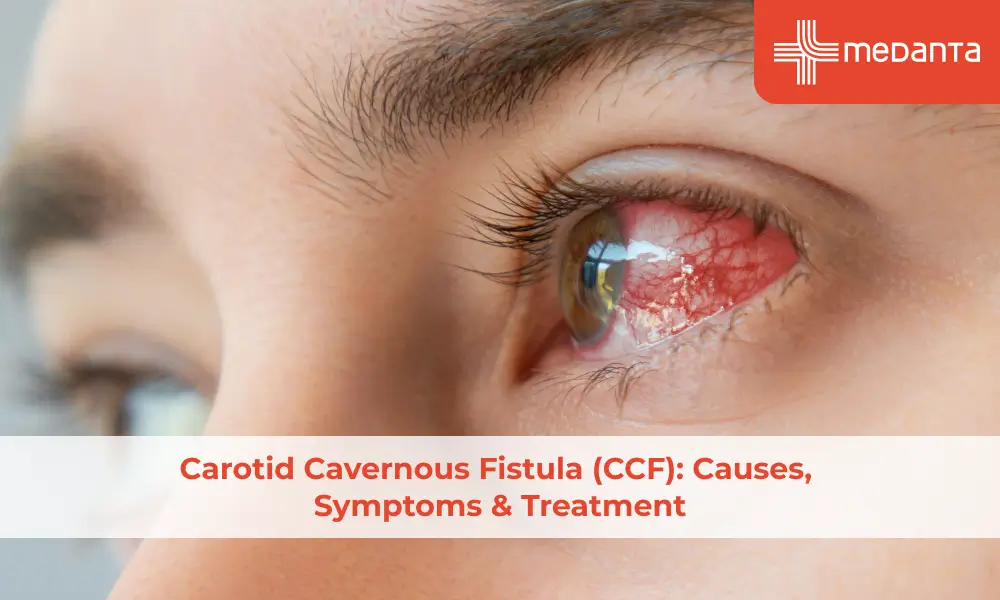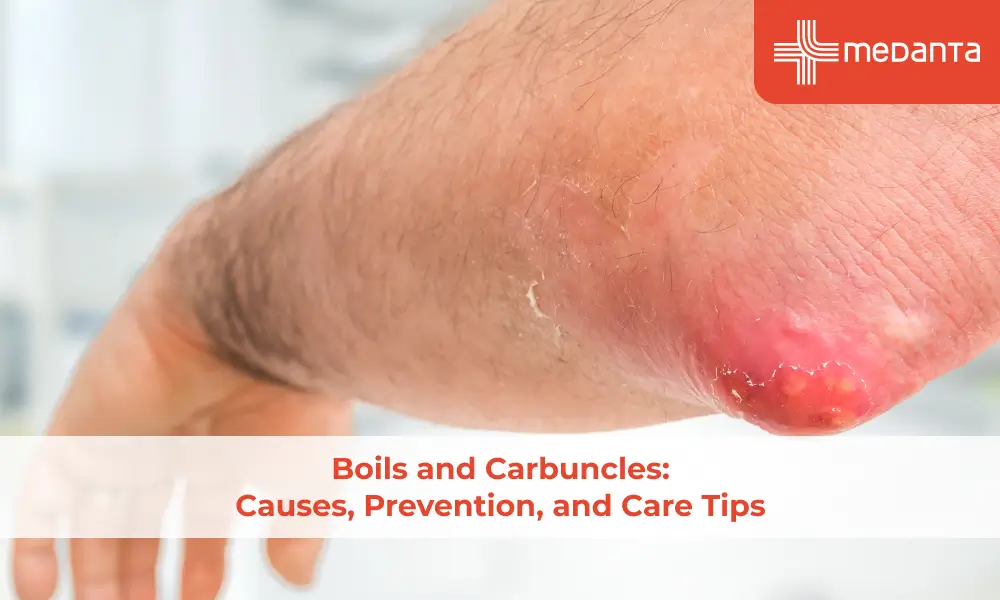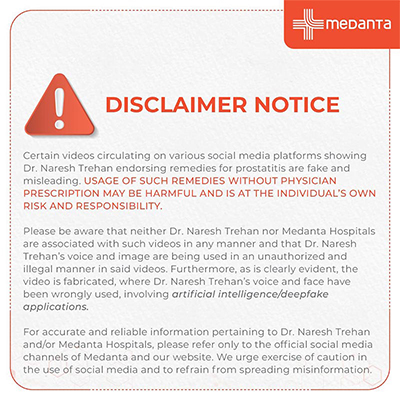Signs that Your Child Has Been Poisoned

TABLE OF CONTENTS
Thousands of children, mostly toddlers between one and three years old, fall victim to accidental poisoning each year. Your home can become dangerous when children gain easy access to medicines, cleaning products, and chemicals. A poisoned child might show various symptoms - from stomach pain and vomiting to drowsiness and unusual behaviour. Some warning signs appear within minutes, while others take hours to develop.
Every parent should recognise poisoning symptoms because quick action can make a crucial difference. The Poisons Information Centre should be your first call if you suspect your child has consumed something harmful. Don't wait for symptoms to show up. This vital service has helped save countless lives. Let me walk you through the common poisoning signs, dangerous substances, and the immediate steps you should take if your child gets poisoned.
Types of Poisoning and Their Causes
Children risk poisoning from many everyday items in their homes. Medicines top the list as the most common cause and make up about half of all toxic exposures in children. Pain medications, benzodiazepines, and antiepileptic drugs pose the most important risks.
Household products create another serious danger. Cleaning agents with bleach, toilet bowl cleaners, and laundry detergents can harm children severely if swallowed. Pesticides rank as the second most common cause of child poisoning in certain regions.
Children come into contact with poisons in several ways:
Ingestion: This is the most common way children get poisoned
Inhalation: Especially when you have gases like carbon monoxide
Skin absorption: Direct contact with chemicals causes this
Eye contact: Irritant substances can splash into the eyes
Young children face higher poisoning risks than adults. Their bodies process more food, water, and air relative to their size. Their natural curiosity makes them put objects in their mouths, and one-year-olds make up more than one-fourth of poisoning cases.
Many household plants contain toxins that affect body systems of all types, even though they look harmless. Daffodils, rhododendrons, and oleanders serve as common examples.
Products containing hydrocarbons, such as petrol, kerosene, and paint thinners, can harm respiratory and nervous systems through ingestion or inhalation. Button batteries pose another threat—if swallowed, they can cause serious burns in just two hours.
Children aged 0-4 years account for the majority of accidental poisonings.
Common Signs Your Child May Have Been Poisoned
Quick recognition of poisoning signs can save your child's life. Parents should watch for warning signs that might appear suddenly or gradually after exposure to harmful substances.
Physical changes:
Burns or redness around the mouth and lips
Unusual stains on skin or clothing
Pill pieces visible on lips or clothes
Blue lips and skin (cyanosis)
Heavy drooling
Rash on the skin
Breath and mouth symptoms:
Chemical smell on breath (like gasoline or paint thinner)
Burns around the nose or mouth
Excessive saliva production
Trouble swallowing
Stomach and digestive problems:
Vomiting
Diarrhoea
Stomach pain
Loss of appetite
Nausea
Abdominal cramps
Behaviour and brain-related signs:
Sudden behaviour changes
Drowsiness or weakness
Dizziness
Confusion or mental changes
Irritability
Seizures (fits)
Unconsciousness or coma in severe cases
Loss of consciousness
Hyperactivity
Other significant signs:
Breathing difficulties
Irregular heart rate
Headache
High temperature or chills
Double vision or blurred vision
Low blood sugar, especially with alcohol poisoning
The symptoms vary based on the poison type, amount taken, child's age, and exposure method. Carbon monoxide creates flu-like symptoms at low levels and causes breathing problems and unconsciousness at higher concentrations.
Note that poisoning doesn't always show clear signs immediately. Some poisons need time to cause symptoms, so quick action is vital even if your child appears fine. Empty medicine bottles, scattered pills, or strange odours around your child could indicate possible poisoning.
Treat any unusual or sudden symptoms in children as potentially dangerous - poisoning might be the cause.
What to Do If You Suspect Poisoning
Your quick response saves lives in poisoning emergencies. When you suspect your child has been poisoned, stay calm and follow these steps:
Call for help immediately:
Dial the emergency helpline (1068 for Medanta) if your child shows serious symptoms like unconsciousness, seizures, breathing problems, or extreme drowsiness
Don't wait for symptoms to appear—call right away if you suspect poisoning
What to tell the hospital:
Your child's age, weight and symptoms
The substance name (read from the container if possible)
Amount taken and timing
Your child's medical conditions
First aid based on exposure type:
For swallowed poisons:
Remove anything remaining in the mouth
Do NOT make your child vomit—this can cause more harm
Do NOT give milk, eggs, or other home remedies
Keep the container to show medical staff
For skin contact:
Remove contaminated clothes
Rinse skin with lukewarm water for 15-20 minutes
For eye exposure:
Flush eyes with lukewarm water for 15-20 minutes
Hold the eyelid open during the rinsing
For inhaled poisons:
Move your child to fresh air right away
Open windows and doors to clear fumes
While waiting for help:
Keep your conscious child still and calm
Place unconscious children in the recovery position—on their side with their head pointing down
Clear vomit from their mouth to prevent choking
Do not give food or drink
Start CPR if not breathing (if you know how)
Quick access to poison control information can save precious time.
Conclusion
Young children, especially those under four, face serious risks from poisoning. This piece shows how common household items like medicines, cleaning products and even plants can be dangerous. Kids naturally explore their world through touch and taste, which puts them at risk of contact with toxic substances.
Poison affects children differently based on what they consume. Parents need to look out for several warning signs. Time matters in cases of poisoning. You should call emergency services or the Poisons Information Centre right away if you suspect your child has been poisoned - don't wait for symptoms.
The best way to protect children from poisoning is prevention. Lock up all medicines and chemicals. Teach your kids about dangerous items and watch young ones closely. Keep emergency numbers where you can find them quickly—this saves crucial minutes during emergencies.
Your child's life could depend on recognising poisoning signs and taking the right steps. While poisoning happens often, children have excellent chances of recovery when parents take quick and appropriate action.
FAQs
What are the most common signs of poisoning in children?
The most common signs include vomiting, diarrhoea, stomach pain, drowsiness, dizziness, burns around the mouth or lips, difficulty breathing, and sudden changes in behaviour. However, symptoms can vary depending on the type of poison and how it was ingested.
How quickly do poisoning symptoms appear in children?
Poisoning symptoms can appear immediately or take several hours to develop. Some poisons cause rapid effects, while others may not show signs for hours or even days. It's crucial to seek medical intervention immediately if you suspect poisoning, even if no symptoms are present.
What should I do if I think my child has been poisoned?
First, remain calm. Call emergency services for serious symptoms or the Poisons Information Centre for less urgent cases. Don't induce vomiting unless instructed to do so. Remove any remaining substance from the child's mouth and keep the container for medical staff to examine.
Are household plants a poisoning risk for children?
Yes, many common household plants can be toxic to children. Examples include daffodils, rhododendrons, and oleanders. These plants contain substances that can affect various body systems if ingested, so keeping them out of reach of young children is essential.
What are the signs of carbon monoxide poisoning in children?
Carbon monoxide (CO) poisoning can cause flu-like symptoms such as headache, dizziness, nausea, shortness of breath, and mild confusion. In more severe cases, it can result in difficulty breathing and unconsciousness.






